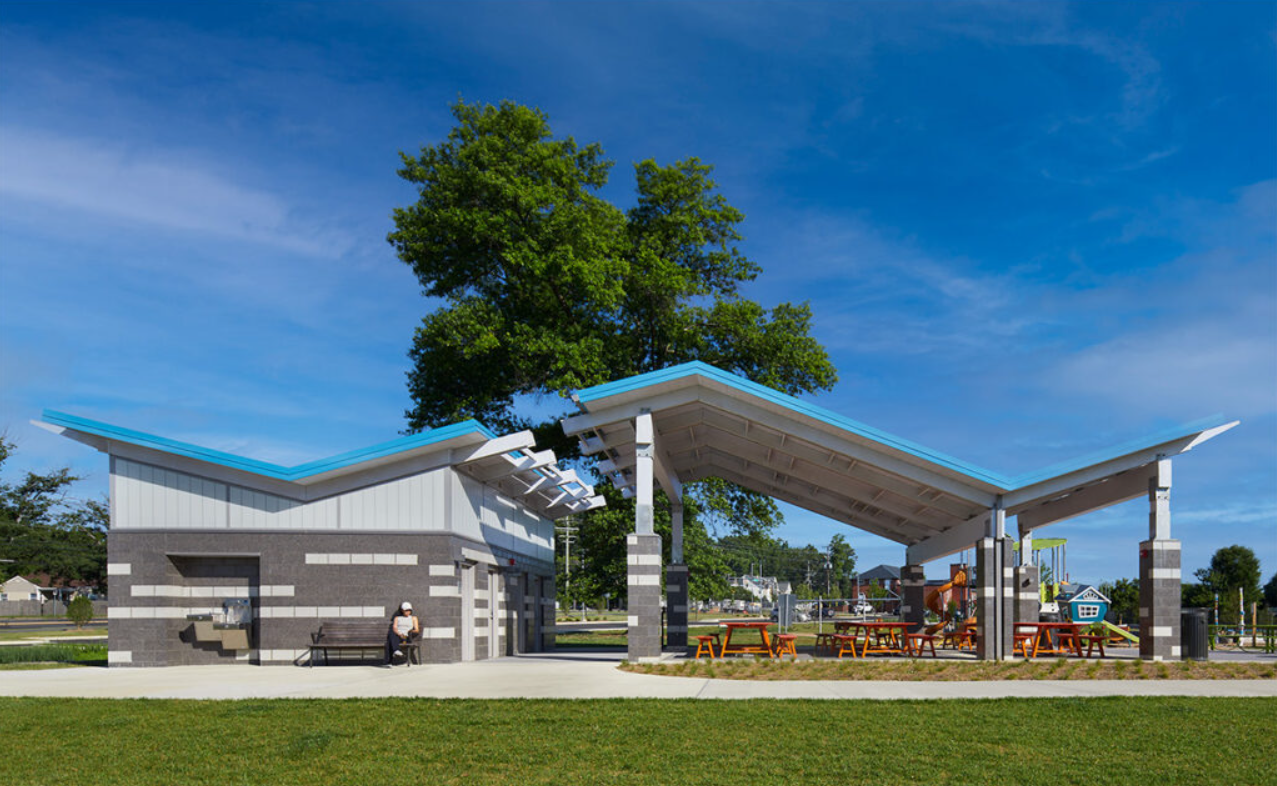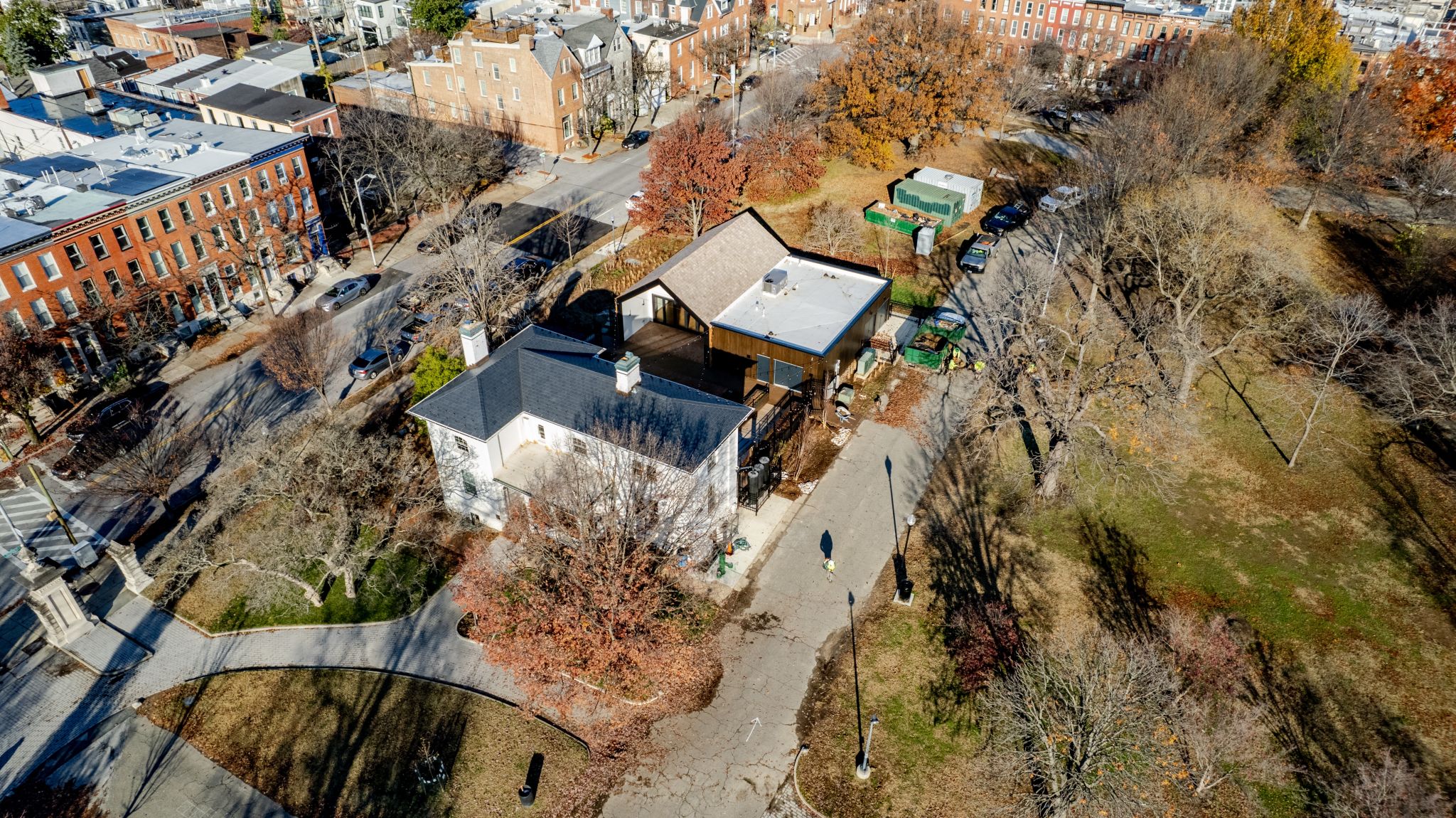DATE
News
Case Study: Fort Totten Square
Located four blocks from the Fort Totten Metro Station in Northeast Washington, DC, Fort Totten Square is being hailed as an example of both a successful transit-oriented development project and a successful partnership between politicians, developers and the local community.

Located four blocks from the Fort Totten Metro Station in Northeast Washington, DC, Fort Totten Square is being hailed as an example of both a successful transit-oriented development project and a successful partnership between politicians, developers and the local community.
The four-story building features 340 apartments and 130,000 SF of retail anchored by an urban format Wal-Mart, bringing new residential choices and long-awaited shopping to the area, and also includes 740 spaces of underground and above-ground parking. Muriel Bowser (D-Ward 4) says of the project, “This is a reflection of how to do community development with the community behind you. We’ve transformed a very suburban part of the ward into an urban square with great residences and retail, just walking distance of the Fort Totten Metro.”
The Challenge
Walmart’s loading dock is located below the residential parking garage and the residential arrival court off of 3rd Street and above the below grade retail parking. That loading dock requires large column-free spaces to allow for truck maneuvers—but columns were required for the spaces above the loading dock to allow for shorter spans and thinner floor structures. Coordination of the vertical supports through this area of the building was a tremendous challenge.
Additionally, high levels of ground water on the site resulted in very poor conditions for the slab on grade and additional locations of geopier soil improvement as well as a geogrid solution under a large section of the slab on grade. The water also severely impacted the sheeting and shoring.
Finally, geopier installation could not be done in several areas due to the sites close proximity to historic utility lines that were incapable of withstanding the soil vibration caused during the geopier installation.
The Solution
Structura worked very closely with the Architect, MEP engineer, and the traffic consultant to develop column locations that allowed for truck maneuvers, and designed a network of post-tensioned, long-span transfer girders in the residential parking garage to support columns above the loading dock. We also incorporated a high podium slab cantilever to avoid running an expansion joint through a residential wood unit and potentially over-complicating the framing.
Despite the ground water issues, the initial geopier spread footing locations went well and allowed for reduced foundation dimensions. Additionally, the geopier subcontractor was able to provide effective designs based off of mat foundation pressure diagrams.
To respond to the historic utility lines, the size of the foundations for the perimeter basement walls was increased and this lesson will be applied to future projects.
The Takeaway
Close collaboration with multiple consultants is paramount in complex mixed-use projects. And while some issues are almost impossible to anticipate, a creative and experienced team can respond to virtually any challenge and effectively apply lessons learned to future projects.













